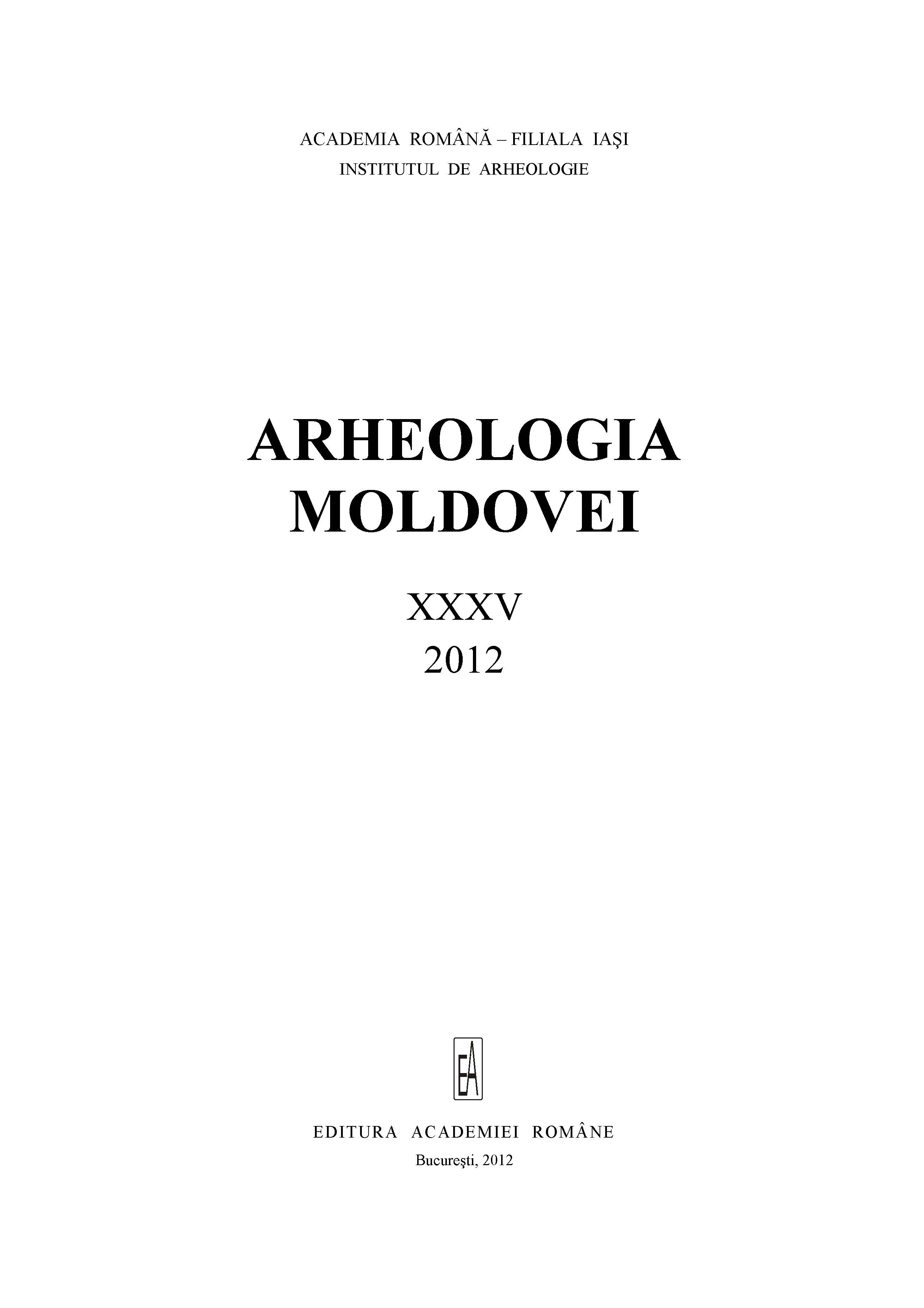DESCOPERIRI MONETARE DIN AŞEZAREA RURALĂ MEDIEVALĂ DE LA NEGREŞTI „DOLHEŞTI”, JUD. NEAMŢ (SECOLELE XV–XVII)
Monetary Finds from the Rural Medieval Settlement from Negreşti “Dolheşti”, Neamţ County (XVth–XVIIth Centuries)
Author(s): Lucian Munteanu, Rodica PopoviciSubject(s): History, Archaeology, Cultural history, Economic history, Local History / Microhistory, Middle Ages
Published by: Editura Academiei Române
Keywords: coins; medieval village; Moldavia; XV–XVII centuries
Summary/Abstract: The batch of studied coins is rather small but it contains a variety of denominations and issuers: 1 AR (denár), Hungary, I. Mátyás, Körmöcbánya, the years 1479–1485 or 1482–1486; 1 AR (akçe), Ottoman Empire, Murad III, Filibe, after 1584–1586; 1 AR (akçe), Ottoman Empire, the 17th century; 1 AR (szeląg), Poland: Ryga, Zygmunt III Waza, Ryga, 1586; 1 AR (szeląg) Poland: Lithuania, Zygmunt III Waza, szeląg, Wilno, 1623; 1 AR (Schilling), Sweden, Kristina Augusta Waza, Ryga (city), 1638. The coins form a unitary group, found on the same archaeological level of a dwelling during the systematic excavations from the medieval site of Negreşti. Undoubtedly, an important matter concerning the present batch research refers to its dating. Its constituent pieces have been issued in a relatively extended chronological range that exceeds a century and a half. But most of them, except the Hungarian denár, concentrate in the last decade of the 16th century and first decades of the next century. The analysis of isolated discoveries and especially of the boards constituted of similar issues has shown that they were simultaneously used in the monetary circulation of Moldova much later, around mid-seventeenth century. The isolated coins discovered at Ia ("Barnovschi" monastery), and especially the large deposit recently found in the city, on “Vasile Lupu” street, confirm this situation. The numismatic material discovered inside the dwelling no. 2 seems to date the complex most likely in the second third of the 17th century, without excluding, however, the possibility of extending the upper limit of this chronological range.
Journal: Arheologia Moldovei
- Issue Year: 35/2012
- Issue No: 1
- Page Range: 169-180
- Page Count: 12
- Language: English, Romanian

